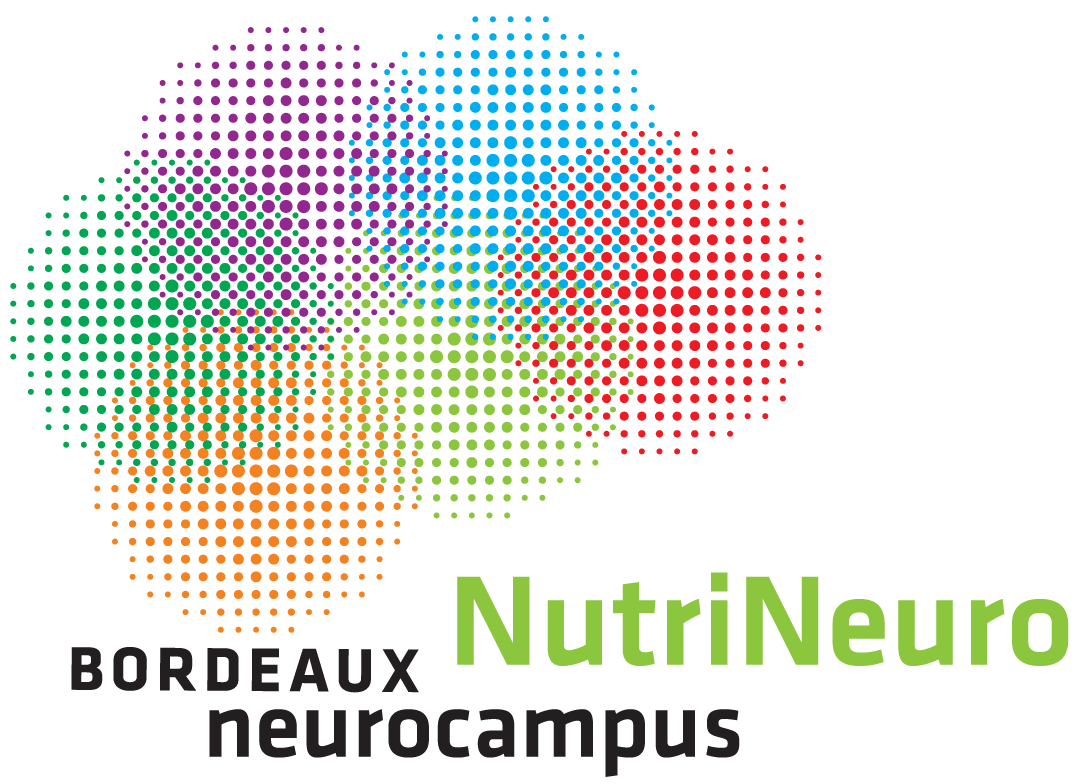BrainBody
1-3 October 2025
-
Ensuring adequate body homeostasis is a fundamental requirement for survival. The
vertebrate brain has evolved intricate neural circuits and regulatory systems to precisely and
constantly communicate with the body. Interoception, the sensing of internal body signals, is
guaranteed through mechanisms involving crosstalk between the brain and the periphery,
including sensory organs, heart, lungs, adipose tissue, and gut. The crosstalk between the
body and the brain occurs through various means, encompassing neuronal communication
via the autonomous and sensory systems, but also via the humoral pathway (e.g. hormones
or metabolites), and components of the immune system. Disruptions in this bidirectional
communication can impact neuronal mechanisms involved in fundamental physiological
processes and contribute to a spectrum of disorders, spanning psychiatric, neurological,
cardiovascular, respiratory, metabolic, and immunological conditions. The interaction
between the body and the brain has garnered significant general interest, as indicated by the
abundance of recent articles and reviews on the topic. The conference «Brain-body» aims to
present the latest insights into these diverse mechanisms governing brain-body crosstalk,
identifying commonalities and differences among the different systems. This not only
advances our understanding of body-brain communication but also seeks to illuminate the
concept of interoception, ultimately answering the question, "How do I feel?"
Scientific committee
- Mario Carta - CNRS, IINS
- François Georges - CNRS, Institut des Maladies Neurodégénératives
- Christelle Glangetas - Institut des Maladies Neurodégénératives
- Enrica Montalban - NutriNeuro
- Agnès Nadjar - Université de Bordeaux - Neurocentre Magendie




